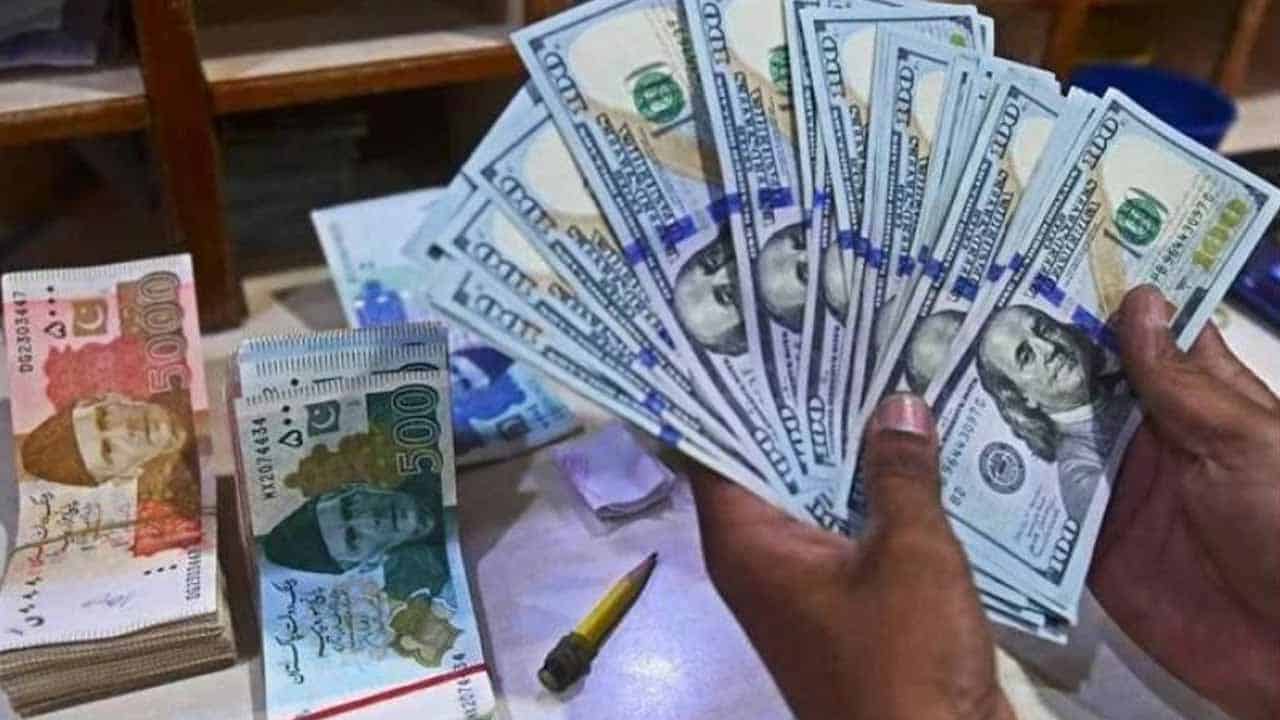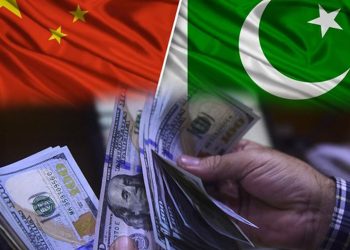In the first hours of trade on Monday in the interbank market, the Pakistani rupee declined by 0.7% against the US dollar. On the inter-bank market, the rupee was quoted at 283.70 at roughly 11:50 a.m., down Rs 1.99 from the US dollar.
The rupee declined slightly during the previous week—0.33%—but recovered in the last two days to end up at 281.71 against the US dollar in the inter-bank market.
The rupee’s stability was maintained by a strengthening foreign exchange position brought on by loan inflows from Chinese institutions, but the market is still worried about the restart of a crucial International Monetary Fund (IMF) programme. The IMF has been holding up Pakistan’s $1.1 billion rescue package since November due to problems in changing its economic strategy.
A significant development was the IMF’s denial of rumours that any conditions were imposed on Pakistan’s missile or nuclear programmes. When international leaders took action to stop the spread of a simmering banking crisis, currency markets throughout the world displayed cautious optimism, with the safe haven dollar losing ground and the yen falling amid an increase in Treasury yields.
A concerted initiative to increase market liquidity was launched over the weekend by the Federal Reserve, the European Central Bank, the Bank of England, the Swiss National Bank, the Bank of Canada, and the Bank of Japan.
It came after negotiations between Swiss authorities and UBS to purchase Credit Suisse, but at a significant discount and with significant debt write-downs. While UBS announced plans to acquire Credit Suisse and several of the major central banks in the world worked to reassure and stabilise the world’s financial markets, oil prices, a crucial gauge of currency parity, increased on Monday after suffering their greatest weekly drop in months.






